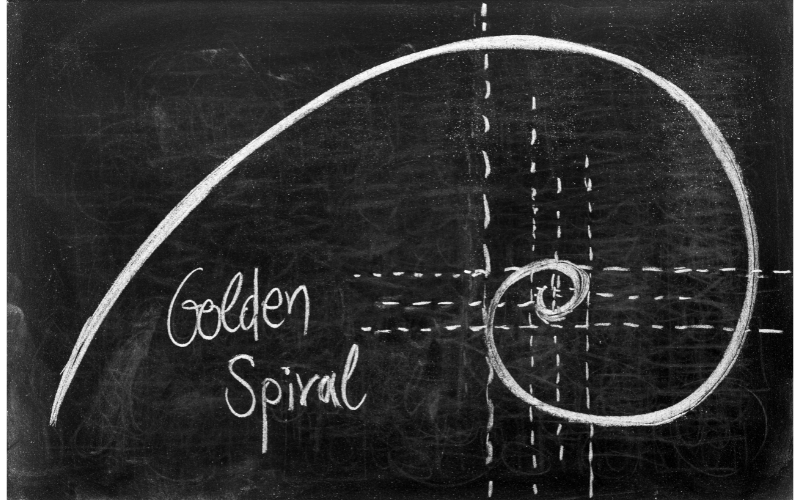By Brad G. Philbrick, RPh
The Comeback of a Classic Nutrient
Fiber has always been part of the wellness conversation, but in 2025, it’s having a renaissance. On TikTok and in scientific journals alike, fibremaxxing — the deliberate effort to eat more fiber — is trending. Unlike fad diets or supplement crazes, this one actually has science behind it.
Recent studies show that higher fiber intake lowers all-cause mortality, supports gut microbiome diversity, and even helps the body eliminate environmental toxins such as PFAS. For older adults, it’s one of the most powerful — and overlooked — longevity tools available.
What Fiber Really Does Beyond “Helping You Go”
Feeds the microbiome – Fiber is the favorite food of beneficial gut bacteria. As they ferment it, they create short-chain fatty acids (SCFAs) that reduce inflammation and protect the colon.
Stabilizes metabolism – Soluble fibers moderate blood sugar and cholesterol levels, helping prevent metabolic syndrome.
Supports mood and cognition – Through the gut-brain axis, fiber indirectly influences neurotransmitters like serotonin and GABA.
Protects against chronic illness – Studies link high fiber intake to lower rates of heart disease, diabetes, and colorectal cancer.
Enhances immune function – A healthy gut microbiome modulates the immune system and helps maintain resilience against infection and inflammation.
Proceed Gradually: Why “More” Isn’t Always Better
Older adults should approach fibremaxxing like training a muscle — gradually. Jumping from 10 g to 40 g overnight can cause bloating, discomfort, or more severe issues.
Tips for a smoother transition:
Add 5 g per week (about one extra serving of beans, fruit, or oats).
Hydrate generously — water is fiber’s best partner.
Mix soluble and insoluble fiber types.
Avoid relying on processed “fiber-fortified” foods.
A Six-Week Progressive Plan
| Week | Target Increase | Focus | Example Foods |
|---|---|---|---|
| 1 | +5 g | Add fruits and oats | Apple, oatmeal, flax |
| 2 | +10 g | Swap refined for whole grains | Brown rice, quinoa |
| 3 | +15 g | Add resistant starch | Lentils, cooled potatoes |
| 4–6 | 25–35 g/day | Rotate fiber types | Beans, greens, seeds |
Fiber-Rich Foods to Rotate
Soluble: oats, psyllium, citrus, legumes
Insoluble: nuts, seeds, vegetable skins
Resistant starch: lentils, cooled rice/potatoes, green bananas
Prebiotic fibers: onions, garlic, chicory root, asparagus
My Own Experiment
As a retired pharmacist in my early seventies, I tested this approach myself. My baseline was about 12 g per day — typical for most Americans. Over six weeks, I ramped up to around 28 g. The results? Better digestion, steadier energy, and even improved focus.
References
National Library of Medicine: Dietary Fiber and Mortality (PMC12385747)
News-Medical.net (2024): High-Fiber Diets Transform the Gut Microbiome
Purdue University (2025): Mixing Fibers for Gut Health
The Guardian (2025): PFAS and Dietary Fiber Detoxification
Gut Microbiota for Health Summit (2025): Prebiotic Supplement Insights
Final Takeaway
Fibremaxxing is more than a buzzword — it’s a return to the fundamentals of nutritional science. For those of us past midlife, fiber is not just about digestion; it’s about sustaining the systems that sustain us — gut, metabolism, mood, and immunity.

































































